10 Best Adventures of 1929
By:
May 16, 2019
Ninety years ago, the following 10 adventures — selected from my Best Nineteen-Twenties (1924–1933) Adventure list — were first serialized or published in book form. They’re my favorite adventures published that year.
Please let me know if I’ve missed any adventures from this year that you particularly admire. Enjoy!
- Ernest Hemingway‘s WWI adventure A Farewell to Arms. A hardboiled account — by a disillusioned American, Frederic Henry, serving as a paramedic in the ambulance corps of the Italian Army — of the horrors of WWI. “I was always embarrassed by the words sacred, glorious, and sacrifice and the expression in vain,” Henry recounts. “I had seen nothing sacred, and the things that were glorious had no glory and the sacrifices were like the stockyards at Chicago if nothing was done with the meat except to bury it…” Our narrator is introduced to Catherine Barkley, an English nurse, whom he indifferently attempts to seduce; he gets to know Catherine better as he recuperates under her care, after being wounded on the Italian front; he is sent back to the front — leaving a pregnant Catherine behind in Milan. The Austro-Hungarian forces break through the Italian lines in the Battle of Caporetto, and the Italians retreat; this section — in which Frederic kills one of his own men — is sometimes described as one of the great fictional depictions of warfare. Fredric goes AWOL and returns to Catherine, with whom he escapes to Switzerland. Happy ending? Not if you know anything about Hemingway’s fiction. Fun facts: Hemingway drew on his own experiences serving in the Italian campaigns during WWI; he was not, however, involved in the battles described. The book — which was adapted as a 1932 film starring Gary Cooper and Helen Hayes; the 1957 remake with Rock Hudson was not well-received — was his first best-seller.
- W.R. Burnett’s crime adventure Little Caesar. Less a novel than a series of exciting, dialogue-driven vignettes, Little Caesar traces the rise and fall of Cesare “Rico” Bandello, as he assumes control of an organized crime racket on the north side of Chicago, commonly known as Little Italy. Rico is a talented, ambitious up-and-coming gangster frustrated by a rigidly stratified hierarchy that makes advancement difficult. He collaborates with Sam Vettori, one of the toughest gang-bosses of Little Italy, until a nightclub robbery goes awry (a police captain is killed), at which point all bets are off. The famous “meeting of the five families” scene in The Godfather is prefigured here: Once Rico becomes boss of his gang, he is invited to a summit in which the rackets are divided up. There’s really only one action scene in this short book, but it’s a good one. Considered the first American gangster novel, Little Caesar was innovative in its realistic, unromanticized depiction — it’s written in a concise, straightforward, adjective-free, newspaper-like style — of how a vicious criminal operation is actually managed. Fun facts: Burnett had worked as a night clerk in a seedy Chicago hotel, where he picked up slang and underworld argot from prize fighters, hoodlums, and hustlers. Little Caesar was a popular success, as was the 1931 film adaptation starring a then-unknown Edward G. Robinson — the first of the classic American gangster movies. As a screenwriter, he went on to work on everything from Scarface (1932) to The Great Escape (1963), and wrote the novels that became High Sierra (1941) and The Asphalt Jungle (1950), among other classic films.
- Vladimir Mayakovsky’s Radium Age sci-fi adventure The Bedbug. Delivered — via inadvertent suspended animation — to a future (1979) Soviet society, the worker Prissiypkin discovers that there’s no place for him in a socialist utopia… except, perhaps, as a zoo exhibit. Mayakovsky’s satirical play is directed against the routinization and mechanization of life in an engineered social order; extreme emotions, not to mention love itself, have been superseded. When Prissiypkin plays his guitar and croons, he starts an epidemic of dancing and romance; when he smokes cigarettes and drinks beer, the fumes send hundreds of Russians — who now live sterile, abstemious lives — to the hospital. The play’s humor derives from the earthy, all-too-human responses of Prissiypkin to the new Russia; before his suspended animation, however, Prissiypkin himself — a philistine with boorish manners and poor taste — was the butt of the joke. Fun fact: The play’s 1929 production was directed by Vsevolod Meyerhold, the scenery developed and built by Aleksandr Rodchenko, and the music composed by the young Dmitri Shostakovich.
- Leslie Charteris’s Radium Age sci-fi adventure The Last Hero (1929; as a book, 1930). The Saint is an adventurer — a criminal who preys on criminals — and a romantic. “He… had heard the sound of the trumpet, and had moved ever afterwards in the echoes of the sound of the trumpet, in such a mighty clamour of romance that one of his friends had been moved to call him the last hero, in desperately earnest jest.” Unlike other Saint stories, which are realistic crime adventures, here Simon Templar enters the realm of science fiction and spy fiction. The Saint stumbles upon a secret British military installation, where a deadly weapon — the electroncloud machine — is being tested. He also discovers that Rayt Marius, a sinister evil international arms dealer, will stop at nothing to steal the weapon — which he plans to sell to a Balkan country. Determined to prevent Marius and the British government alike from possessing such a weapon, the Saint sets out to kidnap the device’s inventor. Fun fact: Charteris introduced the character of Simon Templar in his 1928 novel, Meet the Tiger. The Last Hero is the third book in the series. The story, which was likely a key influence on Ian Fleming’s James Bond series, was serialized in 1929.
- Erich Kästner’s children’s crime adventure Emil and the Detectives. En route from a small provincial town to visit his grandmother in Berlin, the hapless schoolboy Emil Tischbein is rolled for 140 marks — his hairdresser mother’s monthly salary — by Max Grundeis, a smooth operator on the commuter train. Emil dares not alert the authorities, because the local policeman back home had seen him paint the nose of a local monument red, so he feels that he is a kind of outlaw himself. Instead, he shares his predicament with Gustav, a local boy, and with his tomboy cousin, Pony Hütchen. A group of two dozen free-range children — the “detectives” — are quickly assembled. Emil and his new friends trail Grundeis to his hotel; in the morning, they trail him to the bank — and confront him, when he attempts to exchange the stolen money for smaller bills. (One wonders whether Fritz Lang and Thea von Harbou were influenced by the popular Emil and the Detectives when they wrote the 1931 drama-thriller M, about a different sort of criminal pursued and punished by a sort of kangaroo court made up of Berlin’s street denizens. This would be a fun example of the first-time-as-comedy-second-time-as-tragedy principle.) Once arrested, Herr Grundeis is found out to be a member of a gang of bank robbers. The book was unusual, among German children’s literature at the time, for its realistic, hardboiled style. The moral of the story? “Never send cash — always use postal service.” Fun facts: Illustrated by Walter Trier, who would emigrate to England in 1936 and help the Ministry of Information produce anti-Nazi propaganda. The book sold two million copies in Germany alone and has since been translated into some 60 languages; it was one of the first detective stories for children — though the Hardy Boys’ first book, The Tower Treasure, was published in 1927. Its sequel, Emil and the Three Twins (1933), takes place along the shore of the Baltic.
- Richard Hughes’s sardonic sea-going adventure A High Wind in Jamaica. Initially titled The Innocent Voyage, Hughes’s novel, published a year before Arthur Ransome’s Swallows and Amazons, recounts the adventures of five English siblings — John, Emily, Edward, Rachel, and Laura — who are accidentally abducted by a kindly pirate crew. There’s a violent storm and a destructive earthquake; the pirates sail to exotic islands; the children encounter snakes, monkeys, sucker-fis, a tiger, and a miniature crocodile. What fun! Except… Hughes’s story isn’t innocent so much as it an enquiry into innocence, one that — to quote the English litterateur Michael Holroyd — “patrols the eccentric, sometimes amoral borders between a child’s and an adult’s natural territory.” The children are treated with indifference by the pirates, though Jonsen, the pirate captain, recognizes in himself a paedophiliac attraction to the 13-year-old Emily, and is ashamed of himself. (A 15-year-old Creole girl who’d accompanied the English children, meanwhile, becomes a pirate’s lover.) Jonsen tries unsuccessfully to unload the children at their home base of Santa Lucia; later, he delivers the children to a passing British steamer — which leads to his capture and trial. Will Emily tell the truth about what has happened, at Jonsen’s trial? Does she even know what the truth is? Fun facts: A High Wind in Jamaica was included in the Modern Library’s 100 Best Novels, a list of the best English-language novels of the 20th century; it has been credited for influencing and paving the way for William Golding’s Lord of the Flies. Alexander Mackendrick’s 1965 movie adaptation stars Anthony Quinn and James Coburn.
- Dashiell Hammett‘s Continental Op crime adventure The Dain Curse. Hammett’s short, fat, unnamed detective — an operative of the Continental Detective Agency’s San Francisco office — first appeared in a 1923 issue of Black Mask, making him one of the earliest hardboiled private detectives in US pulp fiction. In 1927, Hammett began writing linked stories, which formed the basis for Red Harvest and The Dain Curse, both of which appeared in book form in 1929. This is Hammett’s only exploitation novel — an action thriller that draws on themes from pulp horror stories of the time, and whose central female character is an opioid-addicted member of a cult Christian group! A jewel heist in San Francisco leads the Op to the home of the prosperous Leggett family. People connected to the investigation begin to die — sometimes in bizarre ways, including incidents involving a ceremonial dagger and an explosive device. Before he can solve the riddle of the diamond theft, the Op must first solve the mystery of the so-called Dain curse — which seems to have followed Edgar Leggett’s wife, a Dain, and their daughter, Gabrielle. What is Edgar’s true identity? What does the Temple of the Holy Grail have to do with all of this? Every time the Op seems to have cracked the case, the murders start up again. Fun facts: Serialized in Black Mask magazine in 1928–1929. The novel was adapted into a CBS TV miniseries in 1978, by director E.W. Swackhamer. James Coburn played the Op, who — in the show — was given the name “Hamilton Nash.”
- C.S. Forester’s sea-going/military adventure Brown on Resolution. When WWI was declared, Germany’s larger vessels in the Far East headed for Europe, while several light cruisers were detached to serve as commerce raiders. In the second half of Brown on Resolution, a resourceful British seaman, the titular Brown, is rescued by the German cruiser Ziethen in the central Pacific after his cruiser, the HMS Charybdis, is sunk. Damaged in the battle, the Ziethen pulls into an isolated anchorage — Resolution, in the Galápagos Islands — to make repairs; fans of Forester’s popular Hornblower novels will recognize this sort of setting. The resourceful (and resolute) Brown escapes, steals a rifle and ammunition, finds a secure vantage point on Resolution, which is an impenetrable tangle of scrub and thorn bushes — and begins picking off the German crew. The first half of the novel provides us with Brown’s back story. As with Allnutt, the protagonist of Forester’s The African Queen (1935), Brown is an ordinary Englishman — this is Forester’s propaganda-ish message. In fact, Brown is the illegitimate son of the British naval officer whose mission it is to sink Ziethen — although they do not know of each other. Fun facts: John Mills played the title role in the 1935 movie adaptation of Brown on Resolution; the 1953 version, which starred Jeffrey Hunter as a Canadian sailor, was titled Single-handed (in the US, Sailor of the King), and was set during WWII.
- Gladys Mitchell’s Mrs. Bradley crime adventure Speedy Death (also published as A Speedy Death). The polymathic psychoanalyst and detective Mrs. Bradley would go on to appear in another 65 (!) novels — known for their Freudian, supernatural, and occult themes; this was her first outing. One gets the impression that Mitchell was poking fun at Agatha Christie’s Miss Marple: the action takes place at a genteel country house, and Mrs. Bradley is an eccentric, unattractive woman in her 50s. When Alastair Bing’s famous guest, the world traveler Everard Mountjoy, fails to appear for dinner, a search turns up a drowned woman in Mountjoy’s bathtub; surprise: Mountjoy was a woman! Whodunnit? Alastair Bing, his son or son’s fiancée? Mountjoy’s fiancée (and Bing’s daughter), Eleanor? The naturalist Carstairs? The basilisk-like Mrs. Bradley psychoanalyzes each member of the weekend party, all of whom she enjoys shocking and intimidating, and swiftly comes to a conclusion; the others prefer to believe that Mountjoy’s death was accidental. There are shrieks in the night, broken clocks, attacks upon mannequin masks, and two drowning attempts… and a surprise twist at the end, when Mrs. Bradley’s chief suspect is murdered. Whodunnit now? Fun facts: Along with G. K. Chesterton, Agatha Christie, and Dorothy L. Sayers, Mitchell was an early member of London’s Detection Club; their oath included the line: “Do you promise that your detectives shall well and truly detect the crimes presented to them, using those wits which it may please you to bestow upon them and not placing reliance on, nor making use of Divine Revelation, Feminine Intuition, Mumbo-Jumbo, Jiggery-Pokery, Coincidence or the Act of God?” Mrs Bradley was portrayed by Diana Rigg in the television series The Mrs Bradley Mysteries. More info is available here.
- John Taine’s Radium Age sci-fi adventure The Greatest Adventure. An expedition sent to Antarctica discovers remnants of an ancient culture — an elder race, with advanced technology — that was lost when it was overwhelmed by the Ice Age. (Note that this novel predates Lovecraft’s At the Mountains of Madness by a couple of years.) These ancients had discovered the secret of causing plants and animals to grow larger — but they were too incautious in their experiments. The mutations got out of control… so the civilization entombed itself in ice. Finally, the party must flee through caverns inhabited by the mutated life forms. Worse, when frozen spores are thawed out, the entire planet is threatened by parasitic, malign plant life. A tale of horror and madness — but it’s not without humor, in the form of ship’s first mate Ole Hansen. Fun fact: Eric Temple Bell was a Scottish-born American mathematician; Bell polynomials and the Bell numbers of combinatorics are named after him. He wrote sci-fi as John Taine.
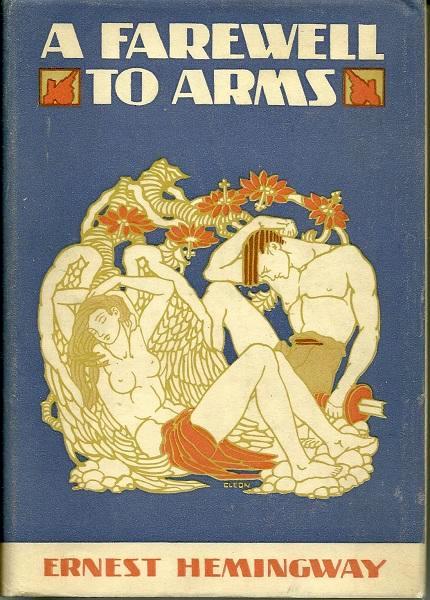
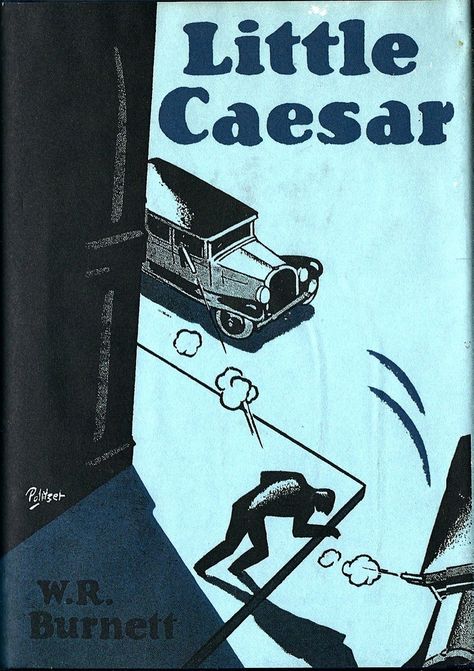
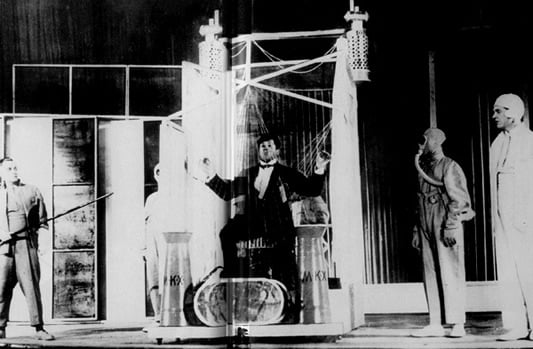
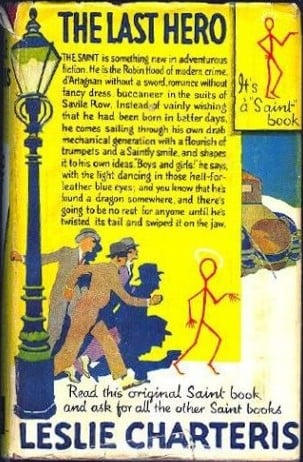
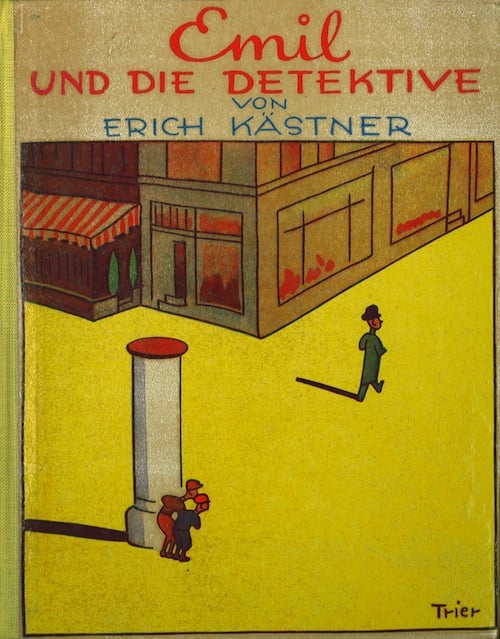
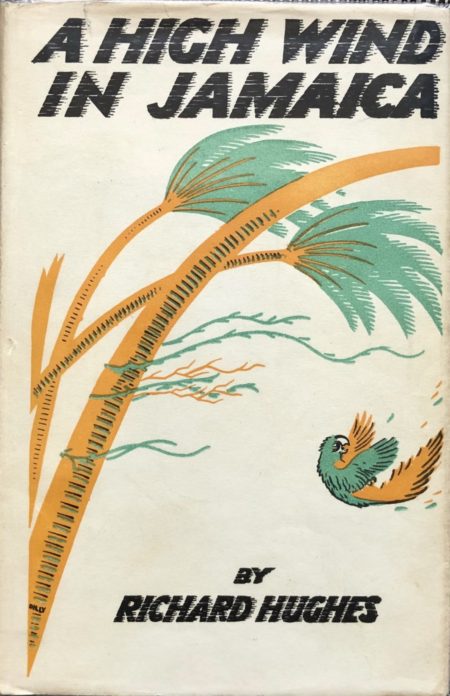
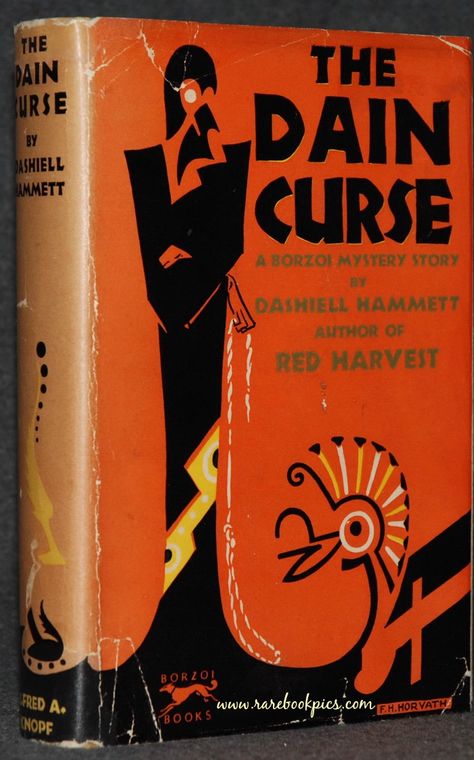
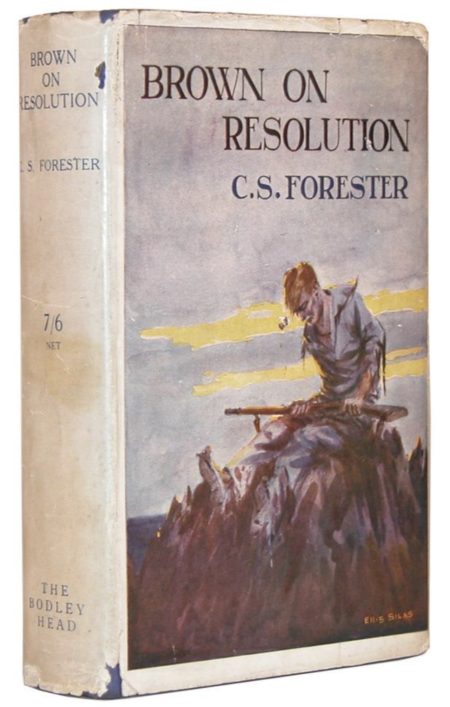
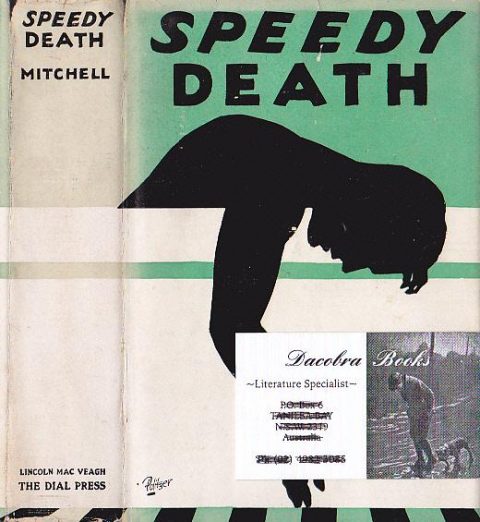
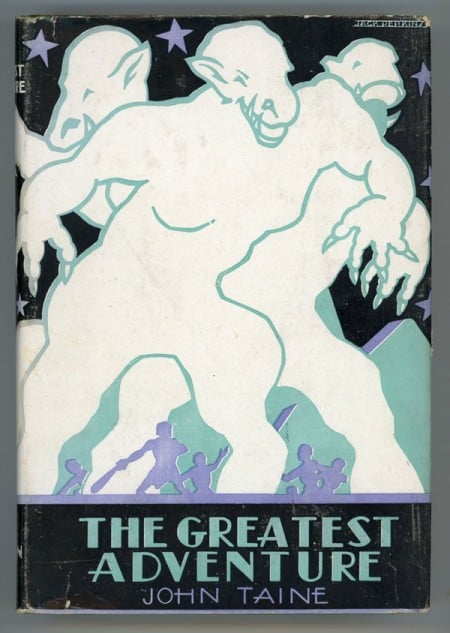
JOSH GLENN’S *BEST ADVENTURES* LISTS: BEST 250 ADVENTURES OF THE 20TH CENTURY | 100 BEST OUGHTS ADVENTURES | 100 BEST RADIUM AGE (PROTO-)SCI-FI ADVENTURES | 100 BEST TEENS ADVENTURES | 100 BEST TWENTIES ADVENTURES | 100 BEST THIRTIES ADVENTURES | 75 BEST GOLDEN AGE SCI-FI ADVENTURES | 100 BEST FORTIES ADVENTURES | 100 BEST FIFTIES ADVENTURES | 100 BEST SIXTIES ADVENTURES | 75 BEST NEW WAVE SCI FI ADVENTURES | 100 BEST SEVENTIES ADVENTURES | 100 BEST EIGHTIES ADVENTURES | 75 BEST DIAMOND AGE SCI-FI ADVENTURES | 100 BEST NINETIES ADVENTURES (in progress) | 1994 | 1995 | 1996 | 1997 | 1998 | 1999 | 2000 | 2001 | 2002 | 2003 | NOTES ON 21st-CENTURY ADVENTURES.
